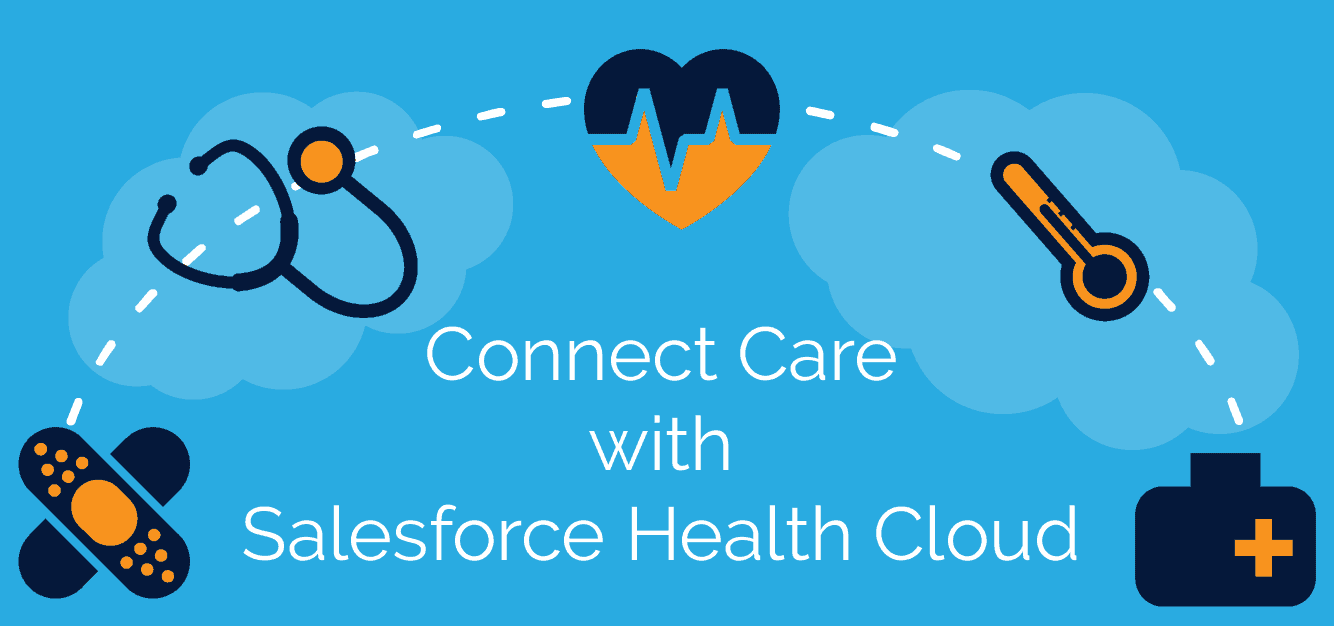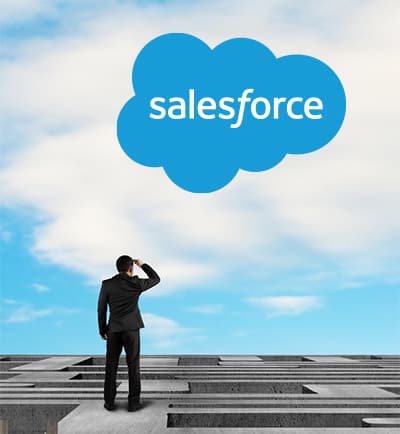Connect Care with Salesforce Health Cloud
For the past decade, hospitals and physicians have been transitioning from paper-based to electronic health records (EHR) to connect care. They have done this to expedite the exchange of patient information, with the hope that it will also, somehow, optimize patient revenue streams.
In that time, more than 95 percent of hospitals and nearly 90 percent of office-based physicians have adopted an EHR system, according to the Healthcare Information and Management Systems Society (HIMSS).
Disparate to Interoperability
According to HIMSS’ own analytics, the average hospital has affiliated providers using 16 EHR systems — and many of those are provided by a different vendor. So, with so many disparate systems, interoperability — getting computerized systems and software applications to connect, exchange, and interpret EHR data — is a top priority for the industry.
Connecting these technologies requires seamless integration. In the past couple of years, Salesforce® has made a specific point to build this kind of interoperability within its industry-focused product, Salesforce Health Cloud. Since its inception, this system has been API-based and MuleSoft® technology is integrated to boost its power. The single goal of these capabilities is to streamline the use of Salesforce within the healthcare industry.
Why consider Salesforce Health Cloud to Connect Care?
With Salesforce Health Cloud, caregivers can now focus on patient relationships, not records. Here’s just some of what Health Cloud can do to deliver smart patient care:
- Easily browse tasks and review all patient conversations. You have the ability to see patients with a clear priority of tasks that need attention. And you do all from the “Today” page.
- Using “Patient Profiles,” caregivers get a panoramic view of their patients, with rich, contextual EMR data, plus the ability to review a collaborative care timeline for a complete patient history view.
- Wearable device data is integrated directly into Health Cloud. This makes relevant patient data – such as glucose levels and sleep data – at the ready.
- View the patients’ professional and personal care networks from a caregiver “team map.” You can then immediately share information with a primary care physician without ever leaving the patient profile. A physician on the patient’s care team can then respond quickly using any device.
- Using Salesforce Communities, caregivers can communicate easily with patients. Send secure messages, pre- and post-visit surveys, and appointment reminders to their mobile devices. And using SOS with a two-way video chat, patients can ask questions and describe symptoms in real-time.
Looking to transform your hospital or private medical practice’s disparate technology into an interoperable solution that will not only optimize your revenue streams but enhance your interaction with you? Ad Victoriam’s Salesforce Healthcare Consultants can identify your needs and implement a long-term scalable solution custom-fit to your specific needs. Connect with us now, here, or fill out the brief form below.
And if you happen to be a payer interested in learning how Salesforce’s Health Cloud can unlock and connect your data in one coordinated view, watch this recent Ad Victoriam webinar.


